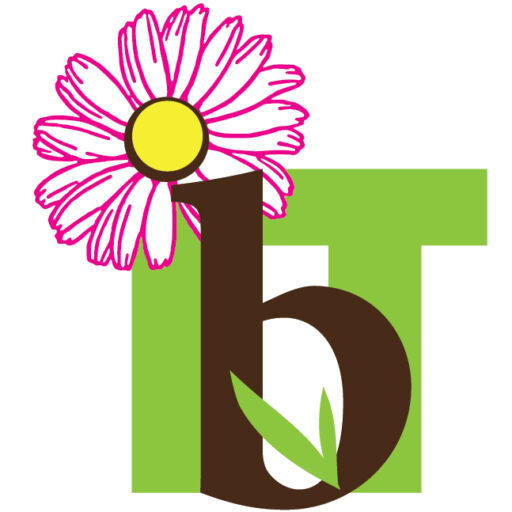Course Length: 2-days
Course Overview
This course is an introduction to QuickBooks. Students will be introduced to the basic features and functionality in QuickBooks and will learn how to use QuickBooks to effectively track and manage their company’s financial data and determine the health of the business. QuickBooks users will quickly learn the new features and functionality of QuickBooks.
First-time QuickBooks users will learn the basic features of the software. Experienced QuickBooks users will quickly learn the new features and functionality of QuickBooks.
Upon completion of this course, students will be able to identify the types of information often tracked in business, understand common business terms, enter information into forms and lists, work with the Chart of Accounts, work with inventory and service items, and work with invoices, payments, bills, and bank accounts.
Outline
Getting Started
- Starting QuickBooks
- Setting QuickBooks Preferences
- Identifying Components of the QuickBooks Operating Environment
- Using QuickBooks Help
- Identifying Common Business Terms
- Exiting QuickBooks
Setting Up a Company
- Creating a QuickBooks Company
- Using the Chart of Accounts
Working with Lists
- Creating Company Lists
- Working with the Customers & Jobs List
- Working with the Employees List
- Working with the Vendors List
- Working with the Item List
- Working with Other Lists Managing Lists
Setting Up Inventory
- Entering Inventory
- Ordering Inventory
- Receiving Inventory
- Paying for Inventory
- Manually Adjusting Inventory
Selling Your Product
- Creating Product Invoices
- Applying Credit to Invoices
- Emailing Invoices
- Setting Price Levels
- Creating Sales Receipts
Invoicing for Services
- Setting Up a Service Item
- Changing the Invoice Format
- Creating a Service Invoice
- Editing an Invoice
- Voiding an Invoice
- Deleting an Invoice
- Entering Statement Charges
- Creating Billing Statements
Processing Payments
- Displaying the Open Invoices Report
- Using the Income Tracker
- Receiving Payments for Invoices
- Making Deposits
- Handling Bounced Checks
Working with Bank Accounts
- Writing a QuickBooks Check
- Voiding a QuickBooks Check
- Using Bank Account Registers
- Entering a Handwritten Check
- Transferring Funds Between Accounts
- Reconciling Checking Accounts
Entering and Paying Bills
- Handling Expenses
- Using QuickBooks for Accounts Payable
- Entering Bills
- Paying Bills
- Entering Vendor Credit
Memorizing Transactions
- Entering a New Memorized Transaction
- Editing a Memorized Transaction
- Deleting a Memorized Transaction
- Grouping Memorized Transactions
- Using a Memorized Transaction
- Printing the Memorized Transaction List
Customizing Forms
- Creating a Custom Template
- Modifying a Template
- Printing Forms
Using Other QuickBooks Accounts
- Other QuickBooks Account Types
- Working with Credit Card Transactions
- Working with Fixed Assets
- Working with Long-Term Liability Accounts
- Using the Loan Manager
Creating Reports
- Working with QuickReports
- Working with Preset Reports
- Sharing Reports
- Exporting Reports to Microsoft Excel
- Printing Reports
Creating Graphs
- Creating QuickInsight Graphs
- Using QuickZoom with Graphs
- Working with the Sales Graph
- Customizing Graphs
- Printing Graphs
Tracking and Paying Sales Tax
- Using Sales Tax in QuickBooks
- Setting Up Tax Rates and Agencies
- Indicating Who and What Gets Taxed
- Applying Tax to Each Sale
- Determining What You Owe
- Paying Your Tax Agencies
Preparing Payroll with QuickBooks
- Using Payroll Tracking
- Setting Up for Payroll
- Setting Up Employee Payroll Information
- Setting Up a Payroll Schedule
- Writing a Payroll Check
- Printing Paycheck Stubs
- Tracking Your Tax Liabilities
- Paying Payroll Taxes
- Preparing Payroll Tax Forms
Using the EasyStep Interview
- Using the EasyStep Interview
Using Online Banking
- Setting Up an Internet Connection
- Setting Up Bank Feeds for Accounts
- Viewing, Downloading, and Adding Online Transactions
- Creating Online Payments
- Transferring Funds Online
- Canceling Online Payments
Managing Company Files
- Using QuickBooks in Multi-user Mode
- Setting Up Users and Passwords
- Setting a Closing Date
- Sharing Files with an Accountant
- Updating QuickBooks
- Backing Up and Restoring a Company File
- Condensing a Company File
Estimating, Time Tracking, and Job Costing
- Creating Job Estimates
- Creating an Invoice from an Estimate
- Displaying Reports for Estimates
- Updating the Job Status
- Tracking Time
- Displaying Reports for Time Tracking
- Tracking Vehicle Mileage
- Displaying Vehicle Mileage Reports
- Displaying Other Job Reports
Writing Letters
- Using the Letters and Envelopes Wizard
- Customizing Letter Templates

